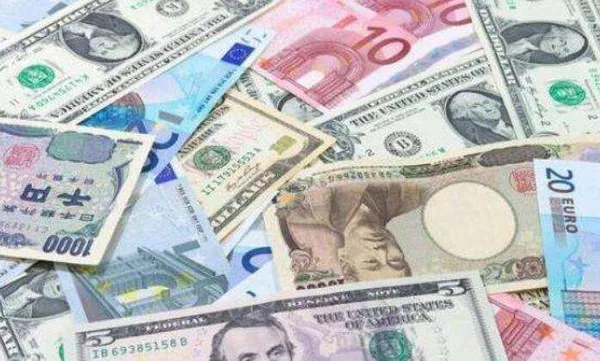The Australian Dollar (AUD) fell sharply against the U.S. Dollar (USD) on Friday, shedding more than 1% as escalating geopolitical tensions and rising demand for safe-haven assets lifted the greenback.
The decline in the AUD/USD pair was primarily driven by growing instability in the Middle East. Israeli Defense Minister Israel Katz issued a stark warning of impending missile and drone attacks on Israel, following a series of preemptive strikes on Iranian targets. Katz declared a special state of emergency, according to Axios. Israeli defense sources confirmed attacks on numerous sites in Iran, citing Iran’s nuclear ambitions as an existential threat.
Further compounding global market unease, the U.S. moved to expand steel tariffs under the administration of former President Donald Trump. Starting June 23, tariffs will extend to include steel derivative products such as household appliances. Originally imposed at 25% in March and later raised to 50%, this marks the second expansion of affected goods.
USD Strengthens on Safe-Haven Flows and Mixed U.S. Economic Data
The U.S. Dollar Index (DXY), which tracks the USD against six major currencies, rebounded to around 98.10, reflecting stronger demand amid global uncertainty. Investors are now watching the U.S. Michigan Consumer Sentiment data, due later on Friday.
Meanwhile, U.S. inflation data presented a mixed picture. The Producer Price Index (PPI) rose 0.1% month-over-month in May, a modest recovery from the prior month’s 0.2% decline. The core PPI, excluding food and energy, also rose 0.1%, below expectations of 0.3%. Consumer inflation in May climbed 2.4% year-over-year, slightly exceeding the April figure of 2.3%, but trailing estimates of 2.5%. Core CPI increased 2.8%, just under forecasts.
In trade developments, President Trump announced via Truth Social that a new U.S.-China trade deal is finalized, pending mutual approval by himself and Chinese President Xi Jinping. Trump highlighted an overall U.S. tariff rate of 55%, while China is reportedly imposing 10%.
Adding another layer of trade tension, China will now issue only six-month rare-earth export licenses to U.S. automakers and manufacturers, according to The Wall Street Journal. This move appears aimed at tightening control over strategic minerals in future negotiations.
Legal developments surrounding Trump-era tariffs also made headlines. A U.S. federal appeals court granted an extension allowing existing tariffs to remain in place while the government pursues a legal challenge to an earlier ruling that blocked them, Bloomberg reported.
Australia and China Economic Data Paint Mixed Outlook
Australia’s economic outlook softened slightly as its trade surplus narrowed to AUD 5.4 billion in April, falling short of the AUD 6.1 billion forecast and down from a revised AUD 6.9 billion in March. Exports declined by 2.4% month-over-month, while imports rose 1.1%, partially reversing a 2.4% drop in March.
In China, trade figures for May revealed a growing surplus of CNY 743.56 billion, up from CNY 689.99 billion in April. However, export growth slowed to 6.3% year-over-year from April’s 9.3%, while imports slipped 2.1%. China’s Caixin Services PMI edged up to 51.1 in May, aligning with forecasts.
AUD/USD Technical Outlook: Bearish Break Below Key Support
As of Friday, the AUD/USD pair is trading near 0.6460, approaching the critical 50-day Exponential Moving Average (EMA) at 0.6423. A decisive drop below this level could trigger deeper declines, with potential downside targeting the March 2020 low around 0.5914.
Technically, the pair has broken below the ascending channel’s lower boundary and slipped beneath the nine-day EMA, signaling weakening short-term momentum. However, the 14-day Relative Strength Index (RSI) remains slightly above the neutral 50 level, suggesting a lingering bullish bias.
Immediate resistance lies at the nine-day EMA of 0.6495, with further hurdles at 0.6538—the recent seven-month high—and 0.6687, marking an eight-month peak. A sustained push higher could see the pair challenge the ascending channel’s upper boundary near 0.6730.


